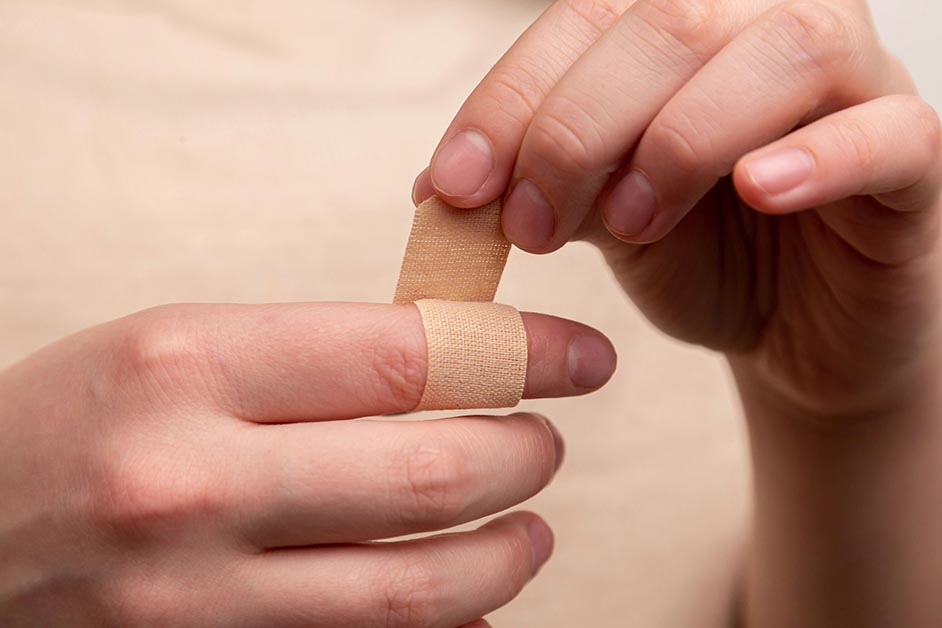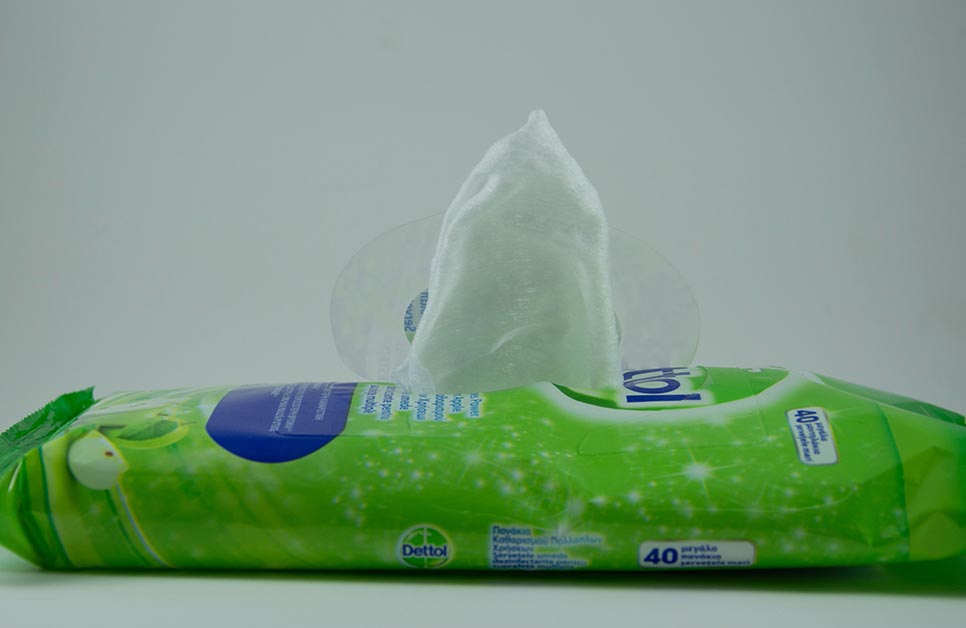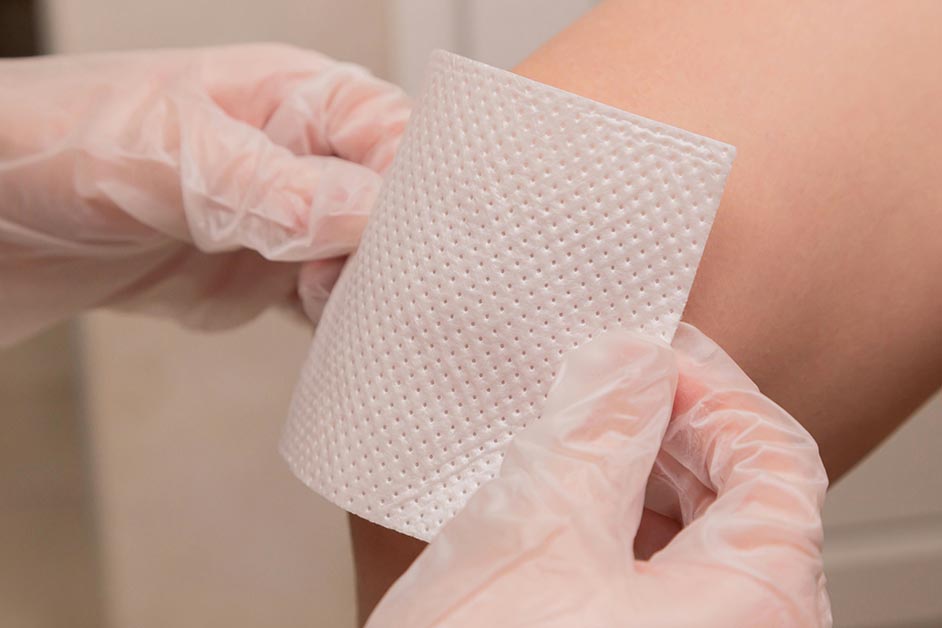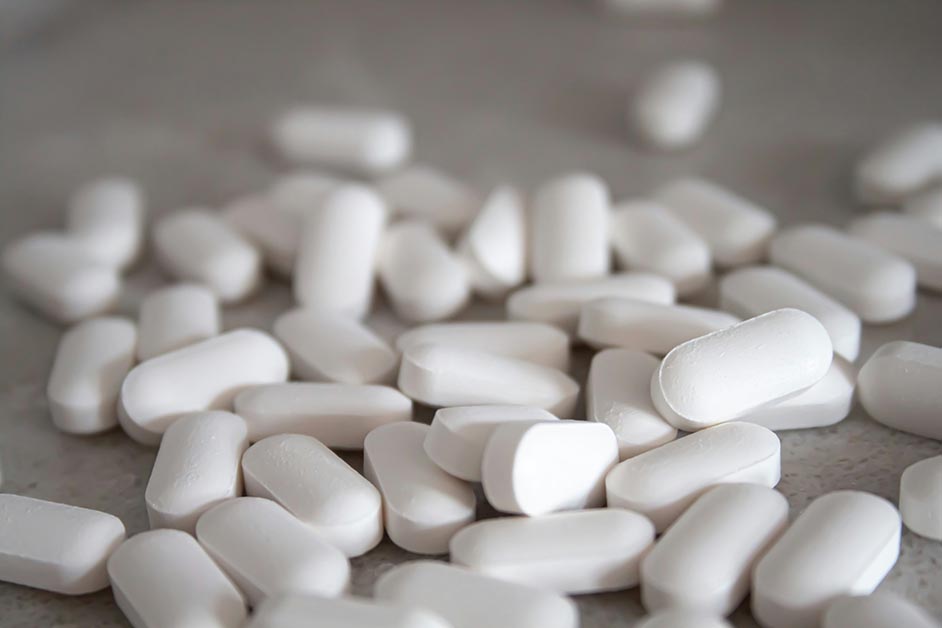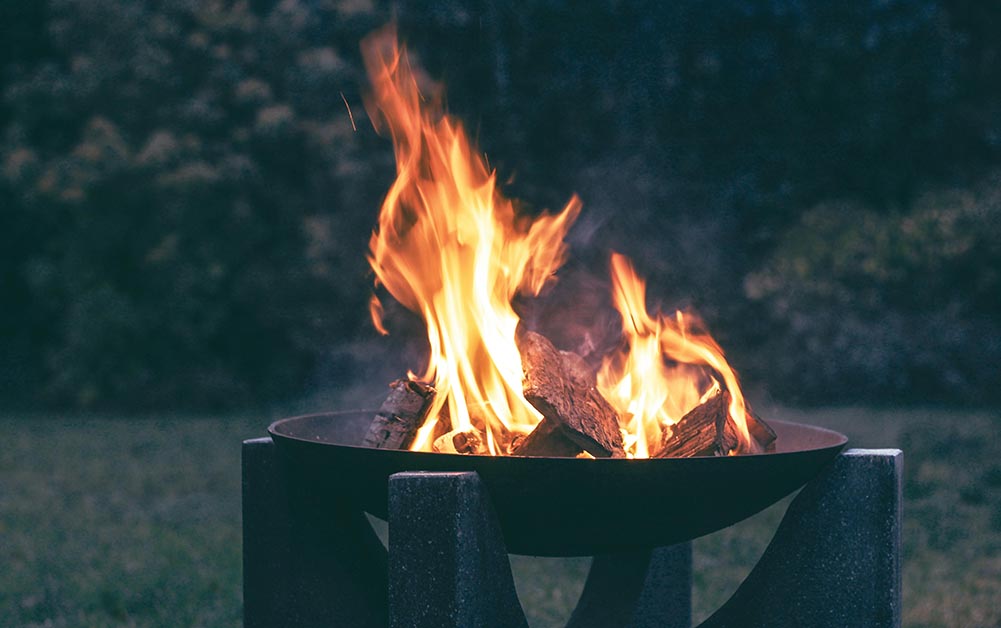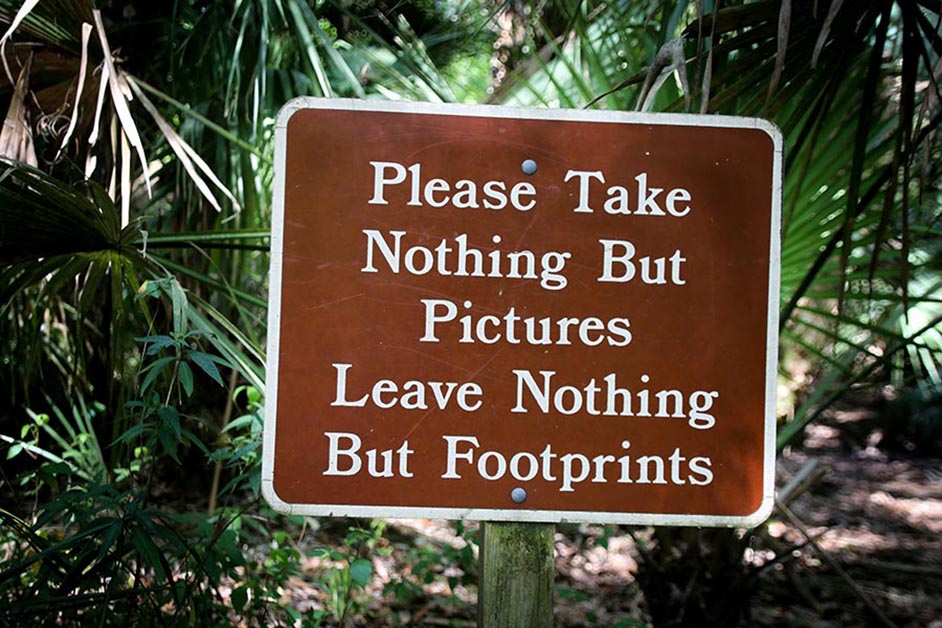by Steve Jean
Share
by Steve Jean
Share
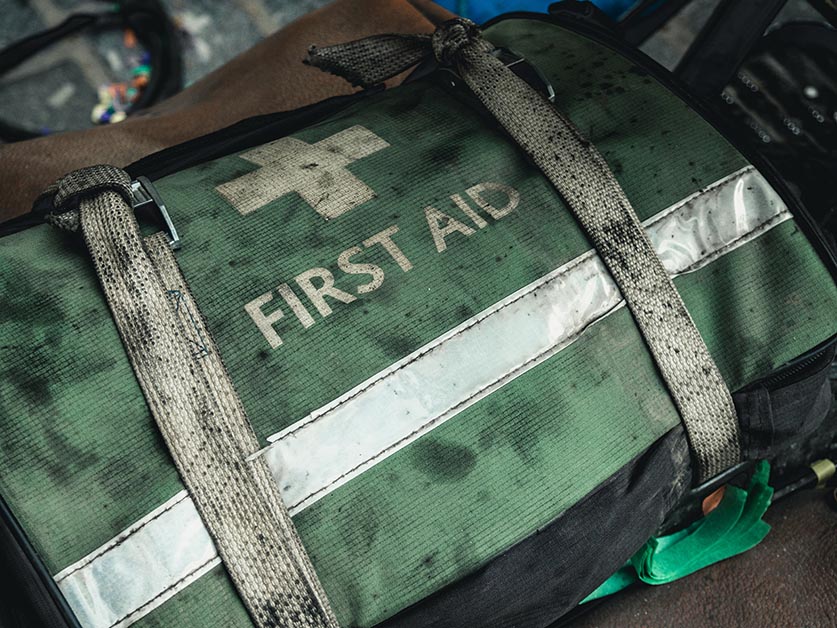
Whether you’re embarking on a wilderness adventure, planning a family camping trip, or simply stocking your home medicine cabinet, having a well-equipped first aid kit is essential for handling life’s little emergencies. From minor scrapes and cuts to more serious injuries, being prepared can make all the difference in ensuring a swift and effective response. In this guide, we’ll explore the top 10 first aid kit essentials that should be included in every kit, ensuring you’re ready to handle whatever comes your way.
Adhesive Bandages
Adhesive bandages, also known as “band-aids,” are a must-have item in any first-aid kit. They are designed to protect small cuts, scrapes, and blisters from infection, while also promoting healing. These bandages consist of a small, flexible fabric strip that is coated with an adhesive material on one side. The adhesive material sticks to the skin, holding the bandage in place and preventing bacteria and other contaminants from entering the wound.
It is recommended to have a variety of bandage sizes in your kit to cater to different wound types. For example, small bandages are ideal for treating minor cuts and scrapes, while larger bandages can cover bigger wounds such as blisters or burns. Additionally, waterproof bandages are available that can be used while swimming or showering.
It is worth noting that adhesive bandages should be changed regularly to ensure proper healing and prevent infection. It is also important to keep the wound clean and dry before applying the bandage. If the wound is large or deep, it is best to seek medical attention.
Antiseptic Wipes
Antiseptic wipes or alcohol pads are an essential part of any first aid kit. They are an effective way to clean wounds and prevent infections. These wipes contain a solution that kills bacteria, viruses, and fungi, reducing the risk of infection.
When using antiseptic wipes, it is crucial to take care not to damage the surrounding skin. Gently clean the area around the wound, making sure to remove any dirt or debris. Once you have thoroughly cleaned the area, let it air dry before applying any dressings or bandages.
Antiseptic wipes are also easy to carry around, making them perfect for on-the-go first aid needs. Each wipe is individually packaged, so you can take them with you wherever you go. Whether you’re hiking, camping, or just out and about, antiseptic wipes are an essential item to have in your first aid kit.
Gauze Pads and Roll
Gauze pads and rolls are versatile and indispensable wound dressings that should be included in every well-stocked first aid kit. These dressings are made of highly absorbent cotton, which makes them capable of soaking up excess blood and other fluids from wounds. They are ideal for controlling bleeding wounds, covering larger injuries, or securing splints and bandages in place.
Gauze pads come in different sizes for different wound types. Small pads are best suited for minor cuts and scrapes, while larger pads are recommended for larger wounds. Sterile gauze pads are highly recommended to avoid contamination and prevent infections.
A roll of gauze is an essential component of any first aid kit. It is used to wrap around wounds or dressings to keep them in place. Gauze rolls are highly flexible, which makes them ideal for covering irregularly shaped wounds. They can also be used to create pressure dressings to control bleeding.
In conclusion, stocking your first aid kit with sterile gauze pads in multiple sizes and a roll of gauze can help you provide effective first aid treatment for a wide range of injuries.
Medical Tape
When it comes to securing bandages, dressings, and other medical supplies in place, medical tape is an indispensable tool. However, choosing the right kind of tape is crucial for effective wound management. A hypoallergenic tape is highly recommended for individuals with sensitive skin or allergies. This type of tape is gentle on the skin and minimizes the risk of skin irritation or allergic reactions.
Moreover, it’s important to choose a tape that provides reliable adhesion, even in humid or sweaty conditions. The tape should stay in place without slipping or peeling off, as it can compromise the wound’s healing process. Hence, it’s essential to select a high-quality medical tape that guarantees superior adhesion and can withstand various environmental conditions.
By following these guidelines, you can effectively secure your medical supplies with minimal discomfort or complications. Remember that the right medical tape can make a significant difference in promoting effective wound healing and minimizing the risk of infections.
Tweezers
Tweezers are an essential tool to have in your first aid kit that can be used for various purposes, including removing splinters, ticks, and other foreign objects from your skin. When it comes to choosing the right pair of tweezers, it is important to look for certain features. Fine and pointed tips are preferred for greater precision and to avoid damaging the skin. Additionally, tweezers with a non-slip grip make it easier to hold and use them effectively.
To ensure the safety and effectiveness of your tweezers, it is important to keep them clean and sterile. After each use, sanitize them with rubbing alcohol or hydrogen peroxide, and dry them thoroughly before storing them in a sealed container within your first aid kit. This will help to prevent the growth of bacteria and reduce the risk of infection.
In summary, tweezers are an indispensable tool for removing foreign objects from the skin. By choosing the right pair and keeping them clean and sterile, you can ensure their effectiveness and safety in any situation.
Pain Relievers
It’s always a good idea to have pain relievers on hand for those unexpected aches, pains, or fevers. Acetaminophen, commonly known as Tylenol, and ibuprofen, commonly known as Advil, are two over-the-counter medications that can provide relief from minor ailments like headaches, muscle strains, and fever. When packing for a trip or just for everyday use, it’s a good idea to pack these pain relievers in individual packets or a small pill organizer.
This makes them easy to access and ensures that you always have them on hand when you need them. Just be sure to follow the recommended dosage instructions and check with your doctor if you have any questions or concerns.
Antihistamines
Antihistamines are medications that can help alleviate the symptoms of allergic reactions in the body. Diphenhydramine, also known as Benadryl, is a commonly used antihistamine and is effective in treating itching, swelling, and other symptoms caused by insect bites, poison ivy, and other allergens.
When you come in contact with an allergen, your body releases histamines, which can cause inflammation and itching. Antihistamines work by blocking the effects of histamines, reducing the symptoms of the allergic reaction.
It is recommended to keep antihistamines like diphenhydramine in your first aid kit, especially if you are spending time outdoors or in areas where allergens are prevalent. In case of an allergic reaction, it’s important to take the medication as directed and seek medical attention if the symptoms persist or worsen.
CPR Mask
Performing cardiopulmonary resuscitation (CPR) can be a lifesaving procedure in emergency situations. However, it is crucial to ensure that the procedure is performed safely and effectively, especially when the victim is a stranger or infected with a contagious disease. That’s where a CPR mask comes in handy.
A CPR mask is a vital tool that provides a barrier between the rescuer and the victim. It is designed to reduce the risk of infection transmission and increase the effectiveness of rescue breaths. The mask typically consists of a clear plastic shield that covers the nose and mouth of the victim, a one-way valve that prevents backflow of air, and a connector that attaches to the rescuer’s airway.
When performing CPR, the rescuer places the mask on the victim’s face and uses the connector to provide rescue breaths. The one-way valve allows the rescuer to deliver oxygen to the victim’s lungs while preventing the backflow of air, reducing the risk of infection transmission. The clear plastic shield also provides a visual cue for the rescuer, allowing them to monitor the victim’s breathing and detect any obstructions.
To ensure that you have everything you need in an emergency, it is essential to include a compact and portable CPR mask with a one-way valve in your kit. This can make all the difference in a life-threatening situation.
Disposable Gloves
When providing first aid, it is essential to ensure that both the caregiver and the patient are protected from contamination. One of the most crucial aspects of this is the use of disposable gloves. These gloves help to prevent the spread of germs and bacteria, which can be especially important in emergency situations.
To ensure that you are adequately prepared for any situation, it is recommended that you keep a supply of latex-free gloves in your first aid kit. This will help to prevent allergic reactions and ensure that you can use them on anyone, regardless of their sensitivity to latex.
It is also important to replace the gloves regularly to ensure that they remain sanitary and effective. When gloves are used repeatedly, they can become contaminated and less effective at preventing the spread of germs.
By following these recommendations and keeping a supply of clean, latex-free gloves in your first aid kit, you can help to ensure that you are prepared to provide effective and safe care in any situation.
Emergency Contact Information
In order to be fully prepared for any emergency situation, it is essential to create a comprehensive list of emergency contact numbers. This list should include the contact information for local emergency services, such as the police, fire department, and ambulance service. Additionally, it is important to include the number for poison control, which can be critical in the event of accidental poisoning.
In addition to these important numbers, it is also recommended to include contact information for personal emergency contacts. This could include the phone numbers of family members, close friends, or neighbors who you trust to provide assistance in case of an emergency.
It is important to keep this list up-to-date and easily accessible. Consider keeping a copy in your wallet or purse, as well as in a prominent location in your home. By having a comprehensive list of emergency contact numbers, you can ensure that you are fully prepared to handle any situation that may arise.
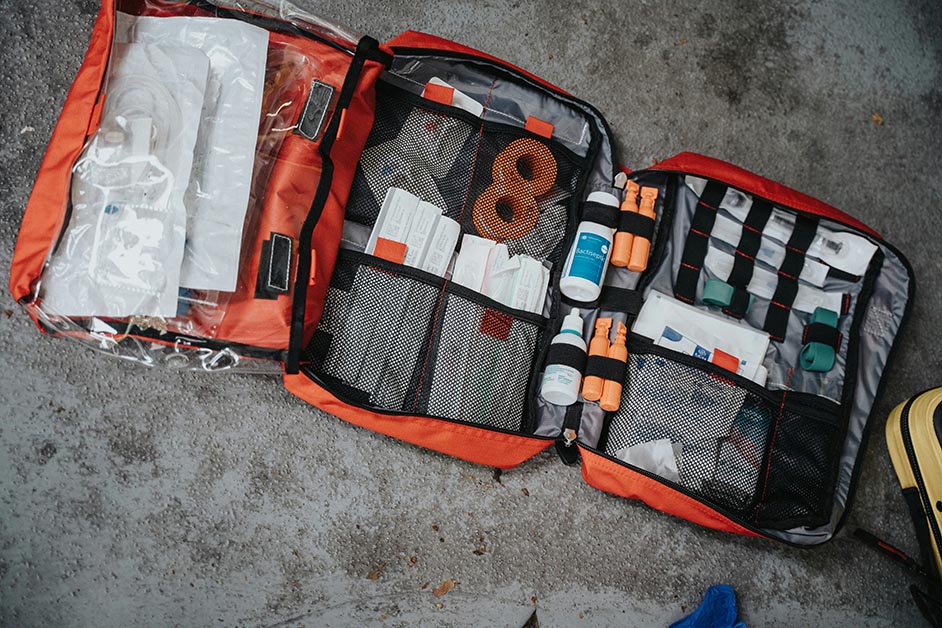
A well-stocked first aid kit is an indispensable resource for handling a wide range of medical emergencies, from minor cuts and scrapes to more serious injuries. By including these 10 first aid kit essentials in your kit, you’ll be prepared to respond quickly and effectively to any situation, whether at home, on the trail, or on the road. So take the time to assemble or update your first aid kit today—you never know when it might make all the difference in someone’s life.
Many people are drawn to the allure of the open road, the freedom to explore new destinations, and the comfort of home on wheels that RV travel offers. However, before hitting the road, one of the first decisions that needs to be made is whether to rent or buy an RV. Each option has its
Camping in the great outdoors offers a wonderful opportunity to unwind, connect with nature, and create lasting memories with loved ones. However, it’s important to prioritize safety to ensure a positive and enjoyable experience. From preventing accidents to handling emergencies, here are some essential tips to help you stay safe while camping outdoors. Choose a
As lovers of the outdoors, we have the fantastic opportunity to witness the stunning beauty of nature. However, we are responsible for ensuring that we do not harm the environment while enjoying it. Leave No Trace camping principles guide outdoor enthusiasts to appreciate nature while preserving its natural state. This post will discuss the significance

